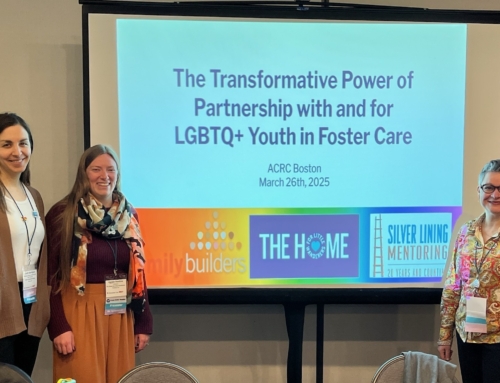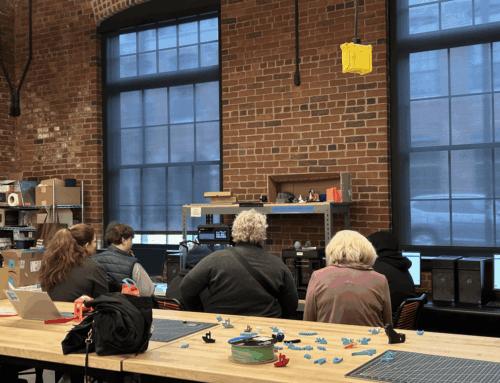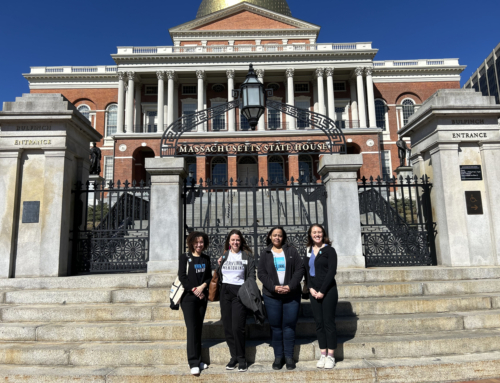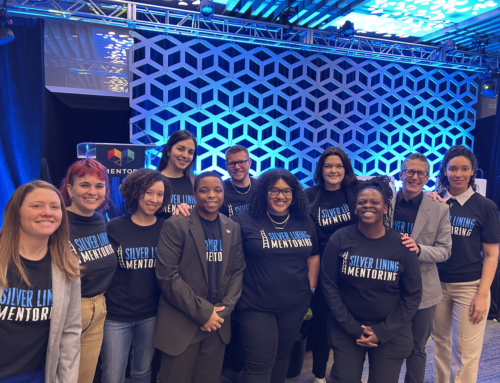Recently, at Silver Lining Mentoring we’ve been talking a lot about data, when we collect it, how we collect it and what we’re going to do with it. Daniel, our Data Strategy Manager has been helping to connect staff in different departments to learn more about how we can use data to tell our stories and explain our impact. In our last data culture meeting, we were discussing an infographic targeted at influencing the audience to decrease their water waste relating it to how this presentation of data would impact different stakeholders. As we discussed how we could use this data to convince others to change behaviors, we also highlighted how small, seemingly less impactful changes felt more manageable but were also important to decreasing water waste.
In thinking about this, I recognized a connection between other data that I have been gathering during the past few months. One of my first projects as the SLM Social Work intern this year has been to do research and gather data based on Youth Centered Language. When I say Youth Centered Language I am talking about language that empowers and shows respect for the participants in our programs. Similar to the idea of person centered language, Youth Centered Language, in my perspective, acknowledges the age or experience with the young person without using those characteristics to define them. Some examples of Youth Centered Language that Silver Lining Mentoring staff actively use in their work includes: youth, young person, young adult, participant and community member.
Youth Centered Language
Use |
Instead of: |
| youth |
kid, kiddo |
| young person |
child |
| young adult |
little one |
| participant |
youngin’ |
| community member |
junior |
You might be wondering why Silver Lining Mentor has chosen to be so intentional about the language we use when talking to and about young people. We are intentional about language because language matters and because young people matter to us.
In our mission, Silver Lining Mentoring commits to empowering young people in care to thrive and one small way that we can do this is through our language.Here are some of the reasons why Staff at SLM choose to use Youth Centered Language:
“[Youth Centered Language] ties directly into the principles that guide how we work with people- trauma informed, youth focused and strengths based.” The language we use serves as a “reminder that all identities are respected.”
“The way we talk to others sends a message to the young person about how we see them and also speaks to how we see the relationship we want to have with them.”
Youth Centered Language “keeps the interests, self determination and empowerment of young people at the forefront. Our language transitions with young people as they get older since people do not age out at SLM.”
“Part of empowerment is ensuring we are respecting and celebrating the whole beings of our young people,” shared another staff member. We hope the information provided helps you to do the same.
I hope the idea of intentionally changing language to be more inclusive and empowering towards young people feels like a small change that can have a big impact. I challenge you to think critically about the way you engage with youth and young people in your life. How do you talk with them or about them? Are you using terms that empower them?
Use the examples above to guide these small changes for yourself.
Challenge others to hold you accountable.
Adopt these small changes and empower others to do the same.
